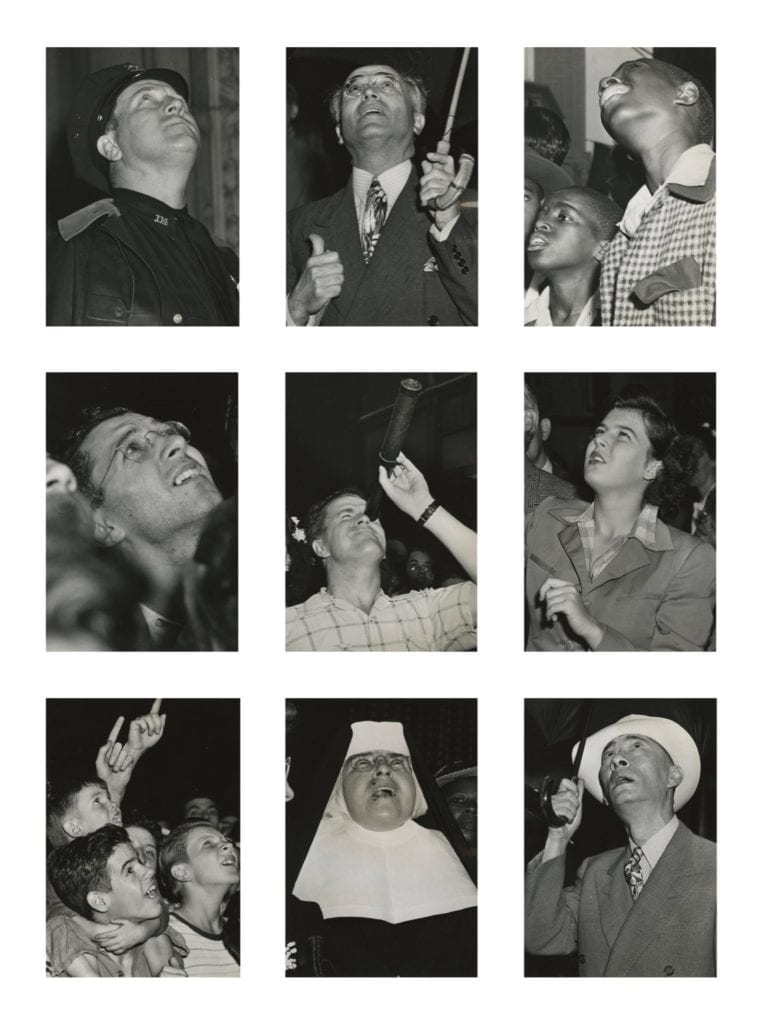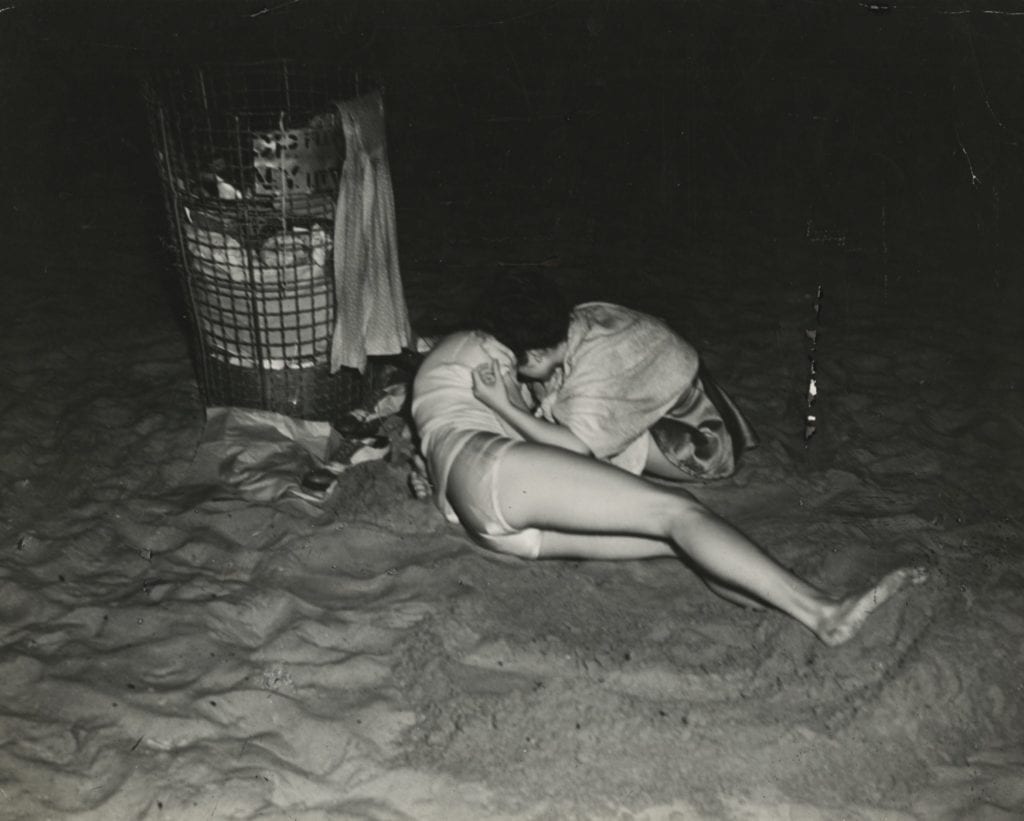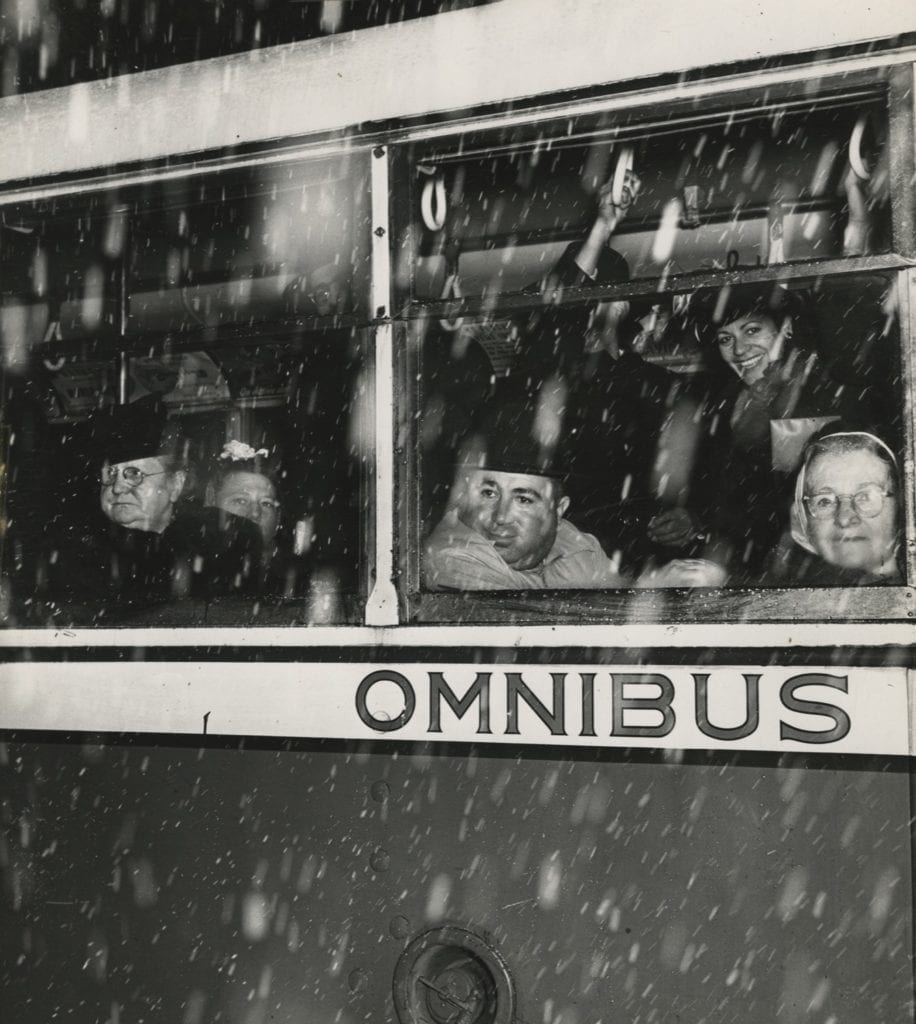Born near Lemburg in what’s now the Ukraine, Usher Fellig emigrated to the US in 1909 when he was ten. There he acquired a new, Anglicised name, Arthur, and started working as a photographer just three years later.
In 1924 he was hired as a darkroom technician by Acme Newspictures (later United Press International Photos), and by 1935 – “spellbound by the mystery of murder”, as he put it – he had left to become a freelance news photographer. Centring his work around Manhattan’s police headquarters, his seemingly uncanny ability to get to crime scenes early earned him another new name – Weegee, inspired by the Ouija board (though another account traces it to his time as a darkroom “squeegee” boy).
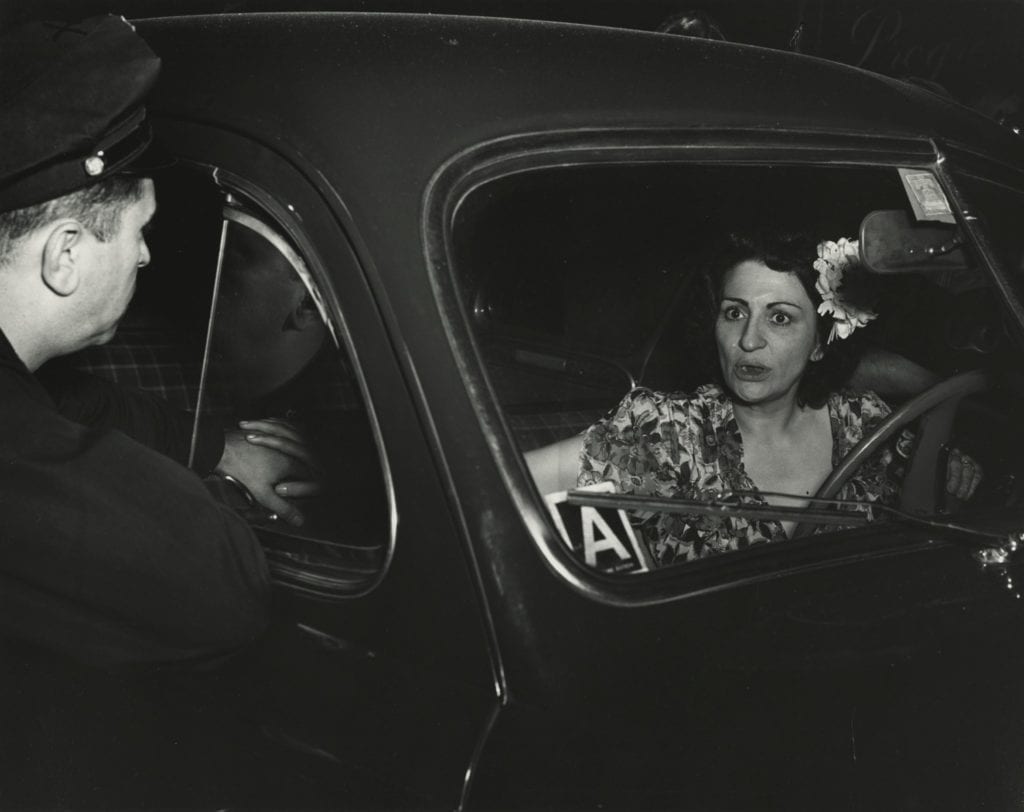
Often shot at night, with a powerful flash, Weegee’s images soon started to attract institutional support, with New York’s Photo League holding an exhibition of his work in 1941, and the Museum of Modern Art starting to collect and exhibit it in 1943. He went on to publish several books, including Naked City (1945), Weegee’s People (1946), and Naked Hollywood (1953).
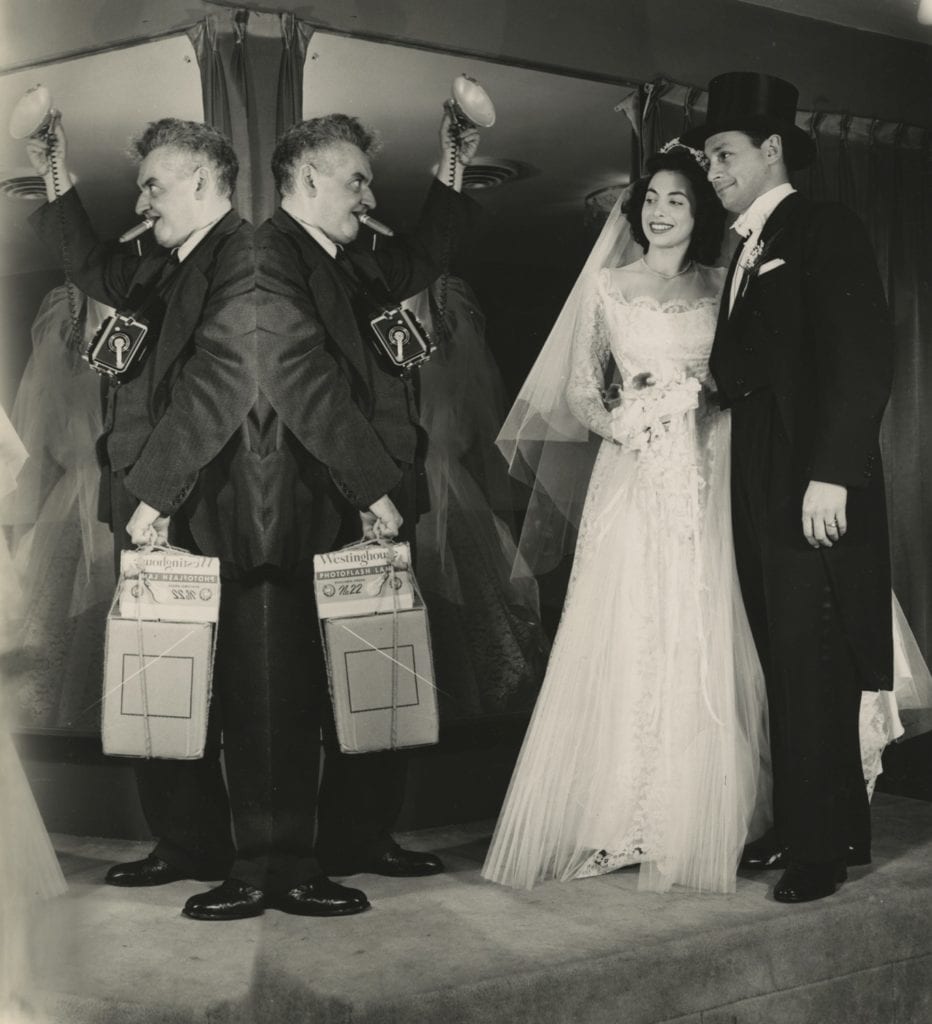
Now Howard Greenberg Gallery in New York is holding an exhibition of Weegee’s work, focusing on his most prolific decade – the 1940s. Presenting more than 40 images, the exhibition includes iconic images which helped make his reputation, but also rarer, less familiar shots. The exhibition is open until 01 April, and is accompanied by a solo show by Magnum photographer Alex Majoli, SKĒNĒ.
Weegee is on show at HGG2 until 01 April. www.howardgreenberg.com
